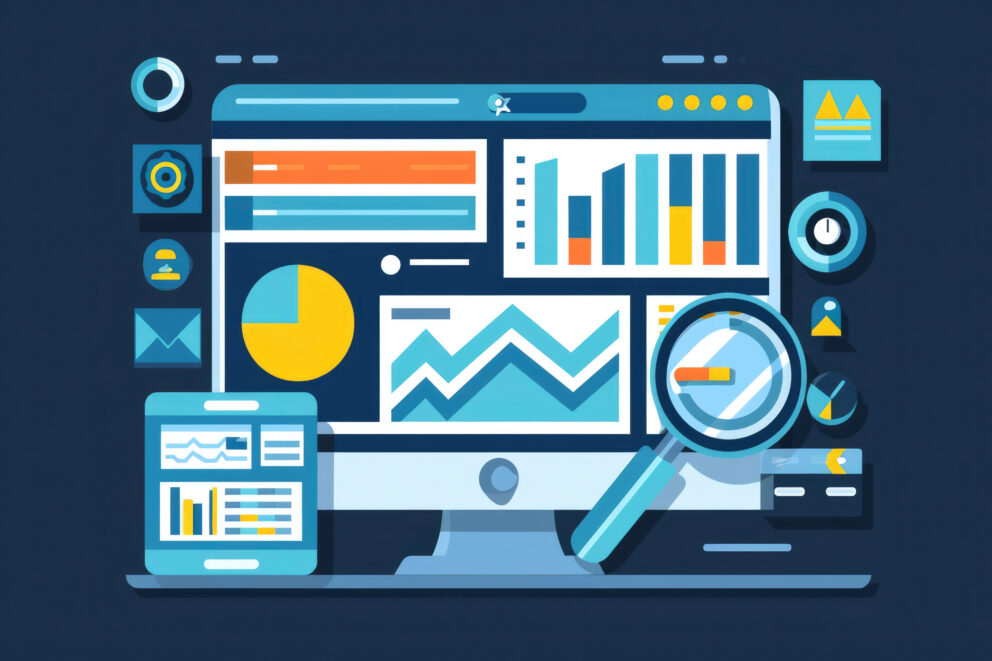Want to Improve Marketing and Sales Efficiency? Use Your ICPs

Summary
Unlock marketing and sales efficiency with Ideal Customer Profiles (ICPs). Learn how to redefine your strategy, create targeted campaigns, boost response rates, improve customer retention, optimize resource allocation, and drive product development. Discover the power of ICPs in achieving desired results with minimal waste. Read our case study for successful implementation examples.
By Maria Geokezas, Chief Operating Officer at Heinz Marketing
This is the year of efficiency—at least, according to Mark Zuckerberg. Meta hired over 40,000 people from 2019 to 2022, often with only a vague idea of what the employee would be working on. The thought seemed to be that it’s better to have more talent than you need than not enough.
But the more is more approach doesn’t work when other resources, like budget, dry up.
Earlier this year, Meta had to lay off 13% of its workforce in the name of “efficiency.” And it isn’t alone.
In fact, many companies that spent the last ten years growing teams in a never-ending race to the top are downsizing. Businesses are frantically seeking opportunities to boost efficiency and become more productive with fewer resources.
That means marketing and sales teams have been sent back to the drawing board to re-evaluate their strategy, including redefining their ideal customer profile (ICPs) in order to improve efficiency.
Here at Heinz Marketing, ICPs are the start of everything we do. We think about them in three key areas:
- Company Firmographics
At the company level, this includes company size (revenue and employee count), geographic locations, key industries along with other criteria like technology in use, size of user group, values and key initiatives.
- Audience Demographics
At the audience level, this includes key titles, roles and personas that make up the buying committee.
- Buying Signals
At the activity level, this includes behaviors exhibited on your owned properties (website clicks, content engagement, etc.), implicit intent like organizational changes and key events, and programmatic intent identified by 3rd party intent-based tools.
By developing a robust definition of your ideal customer, you are creating a more scalable and repeatable way to go-to-market. When you understand your customers on a deeper level, you can produce more effective marketing and sales strategies that drive efficiency and improve your bottom line.
5 Ways ICPs Increase Marketing and Sales Efficiency
Efficiency is defined as “capable of producing desired results with little or no waste.” But marketing and sales teams can only be efficient if they have a trusted strategy behind their efforts. That’s where ideal customer profiles come in.
1. Targeted Marketing Campaigns
Businesses can better understand their customers’ needs, pain points, and motivations by creating detailed company criteria and personas and tailoring their marketing and sales campaigns accordingly.
When you know exactly what a day in the life of your perfect customer looks like, you can address their pain points in your messaging rather than make broad generalizations.
Instead of spending marketing budget to reach anyone who might be interested in your product or service (TAM), you narrow your scope to hit just those organizations and the right people within them. You may start with a smaller target, but you’ll end with at least the same number of leads having spent less to achieve a greater ROI.
Metrics to watch: Customer Acquisition Cost
Hyper-targeted campaigns allow you to better connect with your target market. As a result, you should start to see your customer acquisition costs decline. If you update your ICPs and see acquisition costs rise, you know you need to re-evaluate.
2. Improved Response
The targeted marketing you created based on your ICPs should also generate higher response rates and conversions. So, not only will you acquire customers for less, but you’ll acquire more of them with the same amount of effort.
That means you’ll have greater bandwidth to tackle new offers and markets that were neglected previously—a significant revenue driver for most businesses.
Metrics to watch: Conversion Rate
The key is to monitor the conversion rates at different parts of your funnel to check if you’re delivering the right offer and messaging at the right time.
Keep in mind that minor adjustments can greatly impact your conversion rates. So, keep testing until you’re happy with your conversion rate.
3. Higher Customer Retention
Once you acquire a customer, you want to keep them around as long as possible. That only happens if they feel like you delivered on your marketing and sales promises. ICPs allow you to anticipate your customers’ current and future pain points to provide the solution they need, sometimes before they even know they need it.
As a result, those customers are more likely to stay with your business, spend more money, and even become your biggest advocates.
Metrics to watch: Retention Rates and Net Promoter Scores
Unfortunately, too many businesses either don’t have the right product-market fit or don’t understand how to deliver what their customers need, evidenced by low retention rates and the number of poor reviews across the internet.
Detailed ICPs eliminate that problem before it occurs so that customers can’t help but stick around and sing your praises.
4. Appropriate Resource Allocation
You can’t talk about becoming more efficient without considering resource allocation—namely, time, talent, and money. Resource allocation is particularly challenging when you’re trying to spread your limited budget across different audiences.
But dialed-in ICPs allow you to optimize time-consuming tasks like content creation and execution by greatly reducing the one-off research required for each campaign.
ICPs also help you minimize your advertising costs by better informing the ad platforms who you’re targeting from the start—thus allowing them to “learn” who to show your ad to more quickly.
Metrics to watch: Customer Lifetime Value
Tracking how much your customers spend over time ensures you use your limited resources to attract, acquire, and retain the customers you can offer the most value.
By using lifetime value to hone your ICPs, you guarantee you use the majority of your resources on your best-fit customers.
5. Product Development and Innovation
Often, businesses overlook the value of efficiency in innovation and product development. They continue to run the same unchanging offers to the same ICPs for years, even when the market has shifted.
But that’s a mistake. Instead, you must innovate to make the most out of every lead and customer.
Regularly updated ICPs help you determine if your product or service still serves your audience and what else you could offer them that wasn’t an option previously. These updated offers let you reach fresh markets and tap into new revenue streams.
Metrics to watch: Market Share and Revenue Growth
If your market share has remained stagnant for years or dropped slightly, it might be time to introduce a new product or service or go after a new market. Start by using your ICPs to identify missed opportunities to add value to your current offers for the most efficient approach.
You want to identify opportunities to add revenue without adding new expenses by maximizing your available resources – i.e., your current fulfillment tools or in-house talent.
However, knowing your customers intimately is the only way to know a great offer from a good enough one.
Creating ultra-specific ICPs may seem daunting, but the benefits are well worth the effort. Read this case study to see how.






